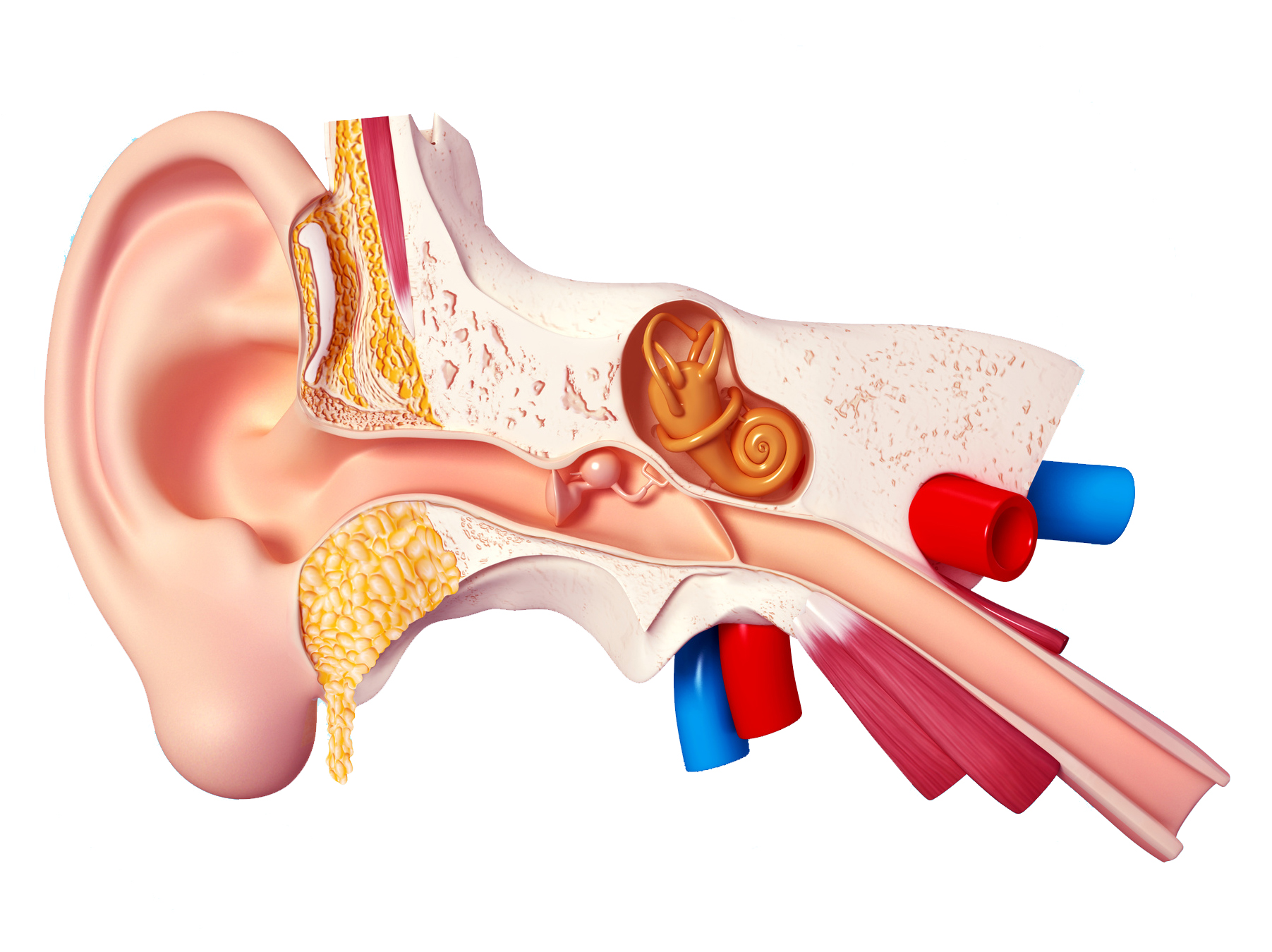Ashford Clinic Blog
Can Adults get Ear Infections?
 Ear infections are commonly thought of as something that only happens to small children, but it's a lot more common in adults than you might think. While most cases of ear infections do occur in children, it is still possible to develop ear infections as an adult - and when they do occur in adults, they are more serious and require medical attention. Here's what you need to know about ear infections.
Ear infections are commonly thought of as something that only happens to small children, but it's a lot more common in adults than you might think. While most cases of ear infections do occur in children, it is still possible to develop ear infections as an adult - and when they do occur in adults, they are more serious and require medical attention. Here's what you need to know about ear infections.
Symptoms Of Ear Infection
Recognizing the signs that an ear infection is developing may be difficult for you, but if they become a recurring theme in life, you may start to recognize it later on. The ear is one of the most intricate and complicated parts of the body. The structure is delicate, and there are several chambers to consider, and an ear infection can develop in any of the inner, middle and outer ear chambers. The most common place to develop a disease is the middle ear, but the outer ear is also affected sometimes.
Inner Ear Infection
When an inner ear infection occurs, this is usually a sign of something going on elsewhere in the body. Some of the symptoms of an inner ear infection that are common include:
• Hearing loss
• Nausea
• Balance issues
• Inflammation
• Tenderness
• Headache
• Swelling
• Fever
Sometimes, a discharge can come from the ear, but it's a sign of something more serious than an infection; usually a perforated eardrum. Seek medical attention if you notice blood or discharge coming from the ear. There are a variety of diseases that occur in each chamber of the ear, and each infection is different.
Middle Ear
The eardrum is located just in front of the middle ear, and the infections usually begin when viruses or other bacteria that affect the eyes, mouth and nose get trapped here. The feeling of clogged ears is the result of this bacteria, and those who have a middle ear infection have trouble with their hearing with a fluid buildup in the back behind the drum. With fluid accumulations, the pressure pushes on the eardrum and fluid can drain from the ear itself.
Outer Ear Infections
Sometimes, an outer ear infection can begin with a rash on the outside of the ear. This rash is itchy, and as the external ear canal is a balanced breeding ground for germs to build, outer ear infections can occur. Injuries to the ear or irritation can cause outer ear infections, and the most common symptoms are swelling, pain, tenderness and red skin.
When To See An ENT Doctor
You should see an ENT doctor if three days have passed without improvement in your symptoms, and you should be seen ASAP if you start to lose your balance.
Treating Your Ear Infection
There are some cases where an ear infection won't need any treatment at all, and after a time, it will clear up on its own. Symptoms can be managed with rest, fluids and the occasional pain killer, but it's important not to try and guess what treatment you need. An ENT can prescribe antibiotics to knock out an infection that's causing the pain and fever, and most ear infections can be managed with over the counter medications. Your ENT will go through the home care methods you can use, including ear drops and warm compresses.
Preventing Ear Infection
Some simple changes in your life can help you to prevent ear infections, such as quitting smoking and cleaning the outer ear after bathing (nothing in the ear, please!). Regular hand washing can also help you to keep bacteria from getting inside your ear. If you feel that you may be experiencing an ear infection, and you live in the Athens, GA area, call Ashford Clinic today to learn more and to make an appointment.


